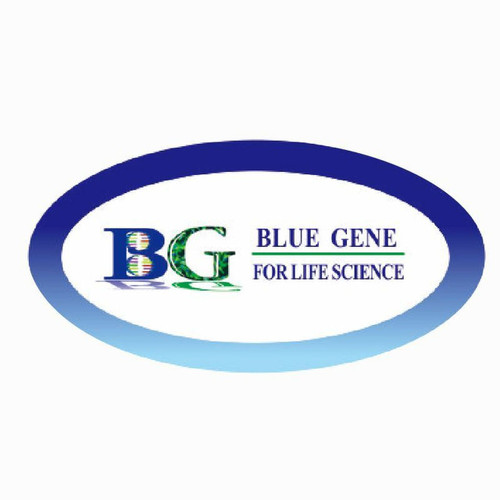Product Description
Biovision | E4684 | Helicobacter pylori IgA ELISA Kit DataSheet
Helicobacter pylori (H. pylori) is detectable in nearly 100% of adult patients with duodenal ulcer and about 80% of patients with gastric ulcer. An association between H. pylori and gastric cancer is confirmed. In developing countries, where most children become infected by the age of 10, gastric cancer rates are very high. In the USA and other developed countries, standards of hygiene and the increasing socioeconomic status of the population have reduced the incidence of infection, and in parallel, the rates of peptic ulcers and gastric cancer have declined. There is excellent correlation between the clinical presentation of gastritis, the presence of H. pylori in the stomach and elevated serum H. pylori IgG and IgA antibodies. ELISA sensitivity and specificity are 90%, and the predictive value of a negative result for is very high. H. pylori IgG and/or IgA antibodies falls significantly after successful antibacterial therapy. Eradication of H. pylori is associated with a significant reduction in duodenal ulcer recurrence. pylori strains are classified into two broad groups - those that express both VacA and CagA (type I) and those that produce neither (type II). Type I strains are predominate in patients with ulcers and cancer. Up to 50% of adults is infected with H. pylori, but most of them are asymptotic and will not develop ulcer. The reason is they are infected with type II. 80-100% of patients with duodenal ulcer disease produce CagA antibodies against a 128 kd antigen compared with 60-63% of H. pylori-infected persons with gastritis only, indicating that serologic responses to the 128 kd protein are more prevalent among H. pylori-infected persons with duodenal ulcers than infected persons without peptic ulceration. In H. pylori-infected patients who develop gastric cancer, serum IgG against CagA 94% sensitive and 93% specific, indicating that detection of antibodies to CagA is useful marker for diagnosis of duodenal ulcer and gastric cancer.
Alternate Name :
Tag Line : A Sandwich ELISA kit for the qualitative detect Helicobacter pylori IgA in human serum or plasma.
Summary : • Detection method- Absorbance (450 nm) • Species reactivity- Human • Application- quantitative measurement of Helicobacter pylori IgA in serum and plasma.
Detection Method : Absorbance (450 nm)
Sample Type : Serum and plasma
Species Reactivity : Human
Applications : This ELISA kit is used for quantitative measurement of Helicobacter pylori IgA in serum and plasma.
Features and Benefits : Easy, convenient and time-saving method to measure the level of Helicobacter pylori IgA in serum and plasma. No significant cross-reactivity or interference was observed.
 Euro
Euro
 USD
USD
 British Pound
British Pound
 NULL
NULL












